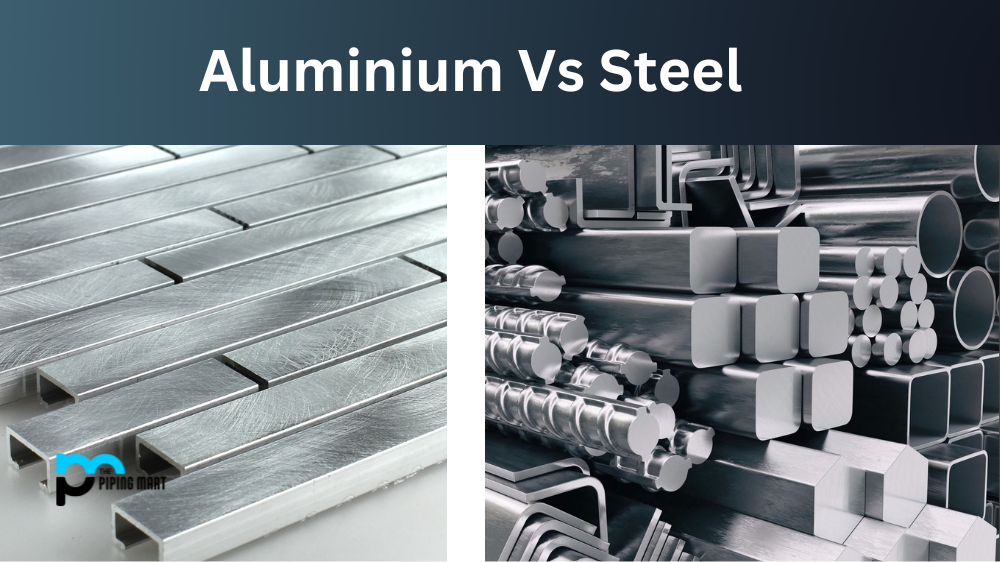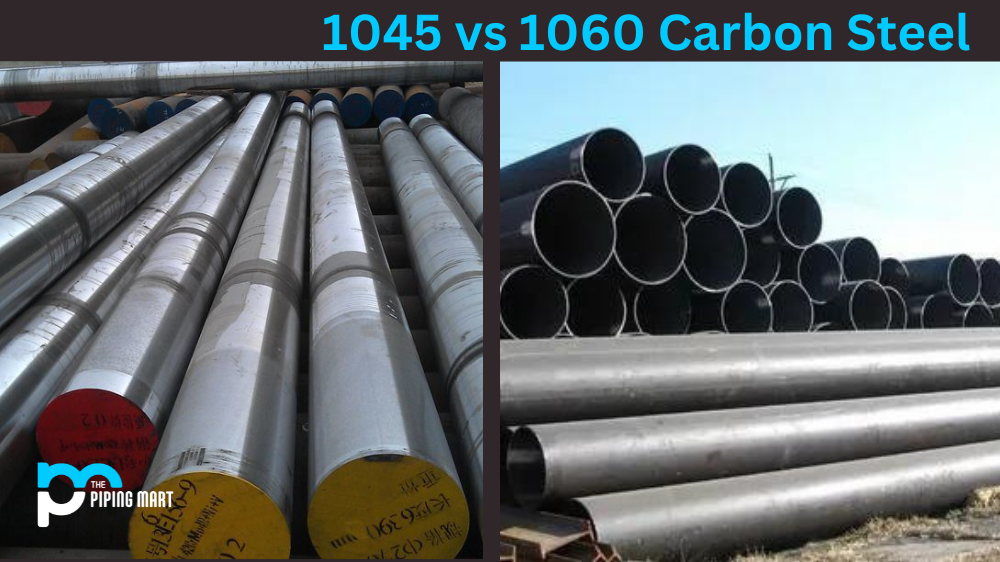Stainless steel is an incredibly versatile and reliable material. It offers superior corrosion resistance, strength, and durability. This makes it a popular choice for many industrial applications. But how can you decide which stainless steel is appropriate for your particular needs when so wide varieties are available? Let’s look at two of the most common types of stainless steel – duplex and SS 316 – to help you determine which one is right for you.
Duplex Stainless Steel
Duplex stainless steel (DSS) combines austenitic and ferritic steel with greater strength than either type alone. The chemical composition of DSS includes 18-26% chromium, 3-5% nickel, 2-4% molybdenum, 0.04-0.10% nitrogen, 0.1-1% manganese, 1-3% silicon, and 0.08%-0.20% carbon. The combination of higher chromium levels and nitrogen content in DSS offers superior corrosion resistance compared to other steels while providing improved ductility and weldability properties compared to ferritic grades such as SS430 or SS440C stainless steel.
Stainless Steel 316
SS 316 is an austenitic grade that contains 16-18% chromium, 10-14% nickel, 2-3% molybdenum, and a trace amount of carbon (less than 0.03%). Although this grade does not contain as much chromium or nitrogen as DSS does, it still provides excellent corrosion resistance due to its high content of nickel and molybdenum – both elements known for their ability to resist corrosion in harsh environments. Due to its higher nickel content than other austenitic grades, such as SS304 or SS310 stainless steel, SS316 offers better formability and weldability properties without sacrificing any strength or durability benefits associated with austenitic grades.
Duplex stainless steel vs SS316
Chemical Composition
One of the primary differences between duplex stainless steel and 316 stainless steel is their chemical composition. Duplex stainless steel contains a higher percentage of chromium, molybdenum, and nickel than 316 stainless steel. This makes duplex stainless steel more resistant to corrosion than 316 stainless steel.
Mechanical Properties
Duplex stainless steel also has superior mechanical properties to 316 stainless steel. This includes higher strength, greater toughness, and better resistance to stress corrosion cracking.
Cost
Duplex stainless steel is typically more expensive than 316 stainless steel due to its higher chromium, molybdenum, and nickel content. However, the superior mechanical properties of duplex stainless steel make it worth the extra cost for many applications.
Weldability
Both duplex stainless steel and 316 stainless steel have excellent weldability. However, duplex stainless steel is slightly easier to weld than 316 stainless steel due to its lower carbon content.
Corrosion Resistance
Duplex stainless steel has better corrosion resistance than 316 stainless steel in most environments. This is due to the higher chromium, molybdenum, and nickel content of duplex stainless steel.
Conclusion
Understanding the differences between duplex stainless steel and SS316 can be difficult, but knowing their respective chemical compositions can help make the decision easier! Both materials provide excellent corrosion resistance benefits while offering different advantages in terms of formability and weldability depending on your application’s requirements; however, if ultimate strength is desired, then DSS may be the way to go due to its higher chromium content than what’s found in SS316! In conclusion, no matter which type you choose, both materials will provide excellent results, so ultimately, it comes down to your specific needs!

Pipingmart is a B2B portal that specializes in metal, industrial and piping items. Additionally, we share the latest information and information about materials, products and various types of grades to assist businesses that are involved in this business.




